Each good or service that we consume requires a certain amount of water for its production. The water footprint is an environmental indicator that measures the volume of fresh water used during the production chain of a consumer good or service.
What is the water footprint?
Human beings use water in countless ways, from domestic uses to agricultural and industrial uses. Each good or service that we consume requires a certain amount of water for its production.
The water footprint, like the carbon footprint, is an environmental indicator that measures the volume of fresh water used during the production chain of a service or consumer good. The water footprint can be measured in liters or cubic meters.
It consists of three elements divided into colors, depending on the origin of the water: green, blue or grey. Together, they result in a complete picture of water use, delimiting the source of water consumed as eg rain/soil moisture or surface/ground water and the volume of fresh water required to assimilate contaminants.
Direct and indirect water footprint
The water footprint highlights the direct and indirect use of water by a process, product, company or sector. In addition, it includes water consumption and contamination throughout the entire production cycle, from the supply chain to the end user.
At the same time, the water footprint can be used to measure the amount of water needed to produce certain services and goods.
Therefore, the direct water footprint is the water used by individuals, while the indirect water footprint is the number of water footprints used by the products and goods they consume.
Types of Water Footprint
The Water Footprint Network platform, created by Professor Hoekstra together with companies, civil society and academic organizations with the aim of creating a universal water footprint classification manual.
This universal manual classifies the water footprint into several types:
- Green water footprint: mainly relevant for agricultural, horticultural and forestry products, which is why we call it the green water footprint. This includes the consumption of water from rainfall that is stored in the root zone of the soil and is evaporated, transpired or incorporated by plants.
- Blue water footprint: includes irrigated agriculture, domestic water use and industrial water use that can affect general daily consumption. It is the water coming from surface or underground water resources. In terms of consumption, it refers to the volume of water used and then evaporated or incorporated into a product that is not returned to the tank from which it was extracted.
- Gray water footprint: the amount of fresh water needed to assimilate contaminants and meet specific water quality standards.
Recommendations to reduce the water footprint
To reduce it effectively, you need top management commitment, employee involvement, and a methodology to routinely measure water use.
Here are some recommendations to reduce your company’s water waste:

The water footprint in our day to day
Currently companies face the challenge of applying best water management practices that improve efficiency, reduce water waste and reduce their water footprint.
Reducing the water footprint, in addition to having a positive impact on the environment, can also increase the results and profits of the company.
In DoGood we want to change the world with small actions in an innovative and measurable way.
In addition, we help you activate the SDGs, improve your ESG metrics and improve the Non-Financial Information Statements through your teams.
If you want to know more about how we work to create a positive social and environmental impact, click here.







